Copyright © 2025 Homoeocare. All Rights Reserved.
Powered By
Acne, commonly referred to as pimples, is a common inflammatory skin condition that affects the sebaceous (oil) glands of the skin. It typically occurs when these glands become blocked due to an overproduction of sebum (oil), combined with dead skin cells and bacteria, particularly Propionibacterium acnes. Acne can manifest in various forms, including whiteheads, blackheads, and inflamed lesions, and can occur for several reasons such as hormonal imbalances, excessive oil production, and even the use of certain cosmetic products.
Acne can also be hereditary, meaning it tends to run in families. Other factors that contribute to the development of acne include increased androgen (male hormone) levels, hormonal changes in women, and stress. If untreated, acne can lead to scarring of the skin.

Acne typically presents with the following signs:


Acne Vulgaris: The most common form of acne, characterized by clogged hair follicles with sebum, debris, and bacteria. It includes whiteheads, blackheads, papules, pustules, and nodules.
Acne Rosacea: This type causes redness, typically on the cheeks, forehead, nose, and chin, often mistaken for common acne.
Acne Conglobata: A severe and rare form of acne vulgaris, mostly affecting males. It is marked by large, inflamed lumps under the skin that can cause significant scarring.

Acne occurs when the hair follicles (pores) on the skin become clogged with oil and dead skin cells. This can lead to the formation of pimples or whiteheads. As the body’s immune system tries to fight the excess oil and bacteria, inflammation occurs, leading to redness, swelling, and even pain. If the infection persists, it may result in scarring.
Other common triggers include:
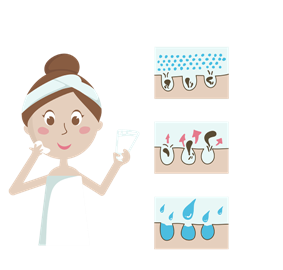
Conventional treatments often include:
However, these treatments primarily aim to manage and control acne symptoms rather than address the root causes.
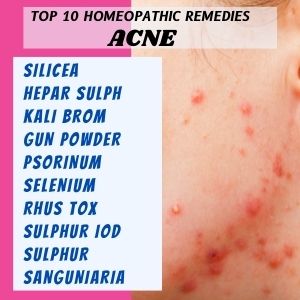
Homeopathy treats acne from the inside out, focusing on balancing the body’s internal systems to prevent outbreaks. Homeopathic remedies work by addressing the underlying causes such as hormonal imbalances, digestive issues, and stress that contribute to acne development. Here are some of the top homeopathic remedies for acne:
These remedies help treat the internal imbalances that lead to acne, while also promoting overall skin health.
At HomoeoCARE, the treatment focuses on addressing the root cause of acne. This involves:
The treatment approach ensures that acne is managed gently and effectively, aiming for long-term relief without the harsh side effects of conventional treatments.
HomoeoCARE has successfully treated numerous acne cases:
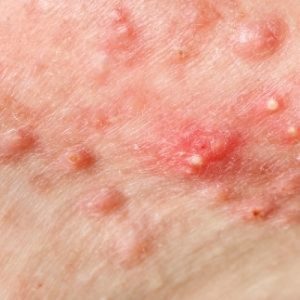
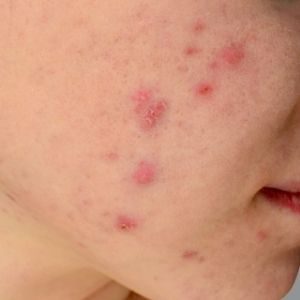


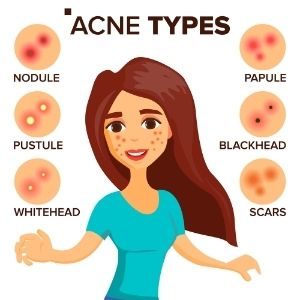


HomoeoCARE, we’ve built a reputation as one of the top homeopathic clinics in Mumbai, offering solutions where traditional medicine hasn’t been able to help. Experience the healing power of homeopathy through our online homeopathy consultation with experienced online homeopathy doctors. But don’t just take our word for it check out our case studies to see how we’ve positively impacted the lives of so many individuals and families with our unique approach to healthcare.
Copyright © 2025 Homoeocare. All Rights Reserved.
Powered By